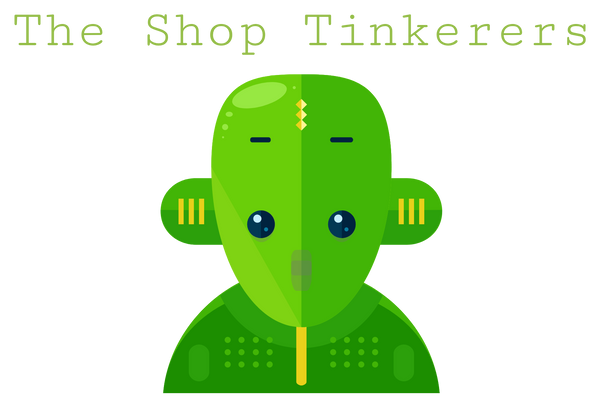How to Climb (the Metaphorical) Shopify Mountain
So you’ve signed up for Shopify. Congrats—you’ve reached basecamp.
Whether you’re still figuring out your niche or already processing your first few orders, you’re now standing at the foot of a very big mountain. Shopify makes it deceptively easy to start, but scaling into a real business? That’s the climb. And like any mountain worth summiting, it takes the right strategy, the right tools, and a little grit.
Here’s how to navigate each leg of the metaphorical Shopify mountain—so you don’t burn out at basecamp.
Step 1: Don’t Overpack for the Ascent
(a.k.a. Keep it Simple at the Start)
New merchants often fall into the trap of installing every app, customizing every pixel, and creating 42 product variants before they’ve made a single sale.
Don't.
At the base of the mountain, your only goal is proof of concept. Will people buy what you’re selling? Start with a clean, simple theme, 1–3 products, and only the most essential Shopify apps—think:
-
A font or design editor like Fontio to make it feel branded
-
A shipping calculator or delivery estimator to reduce cart anxiety
-
A review app for immediate trust signals
Start lean, test fast, and only optimize once you know people want what you have.
Step 2: Hit Your Stride With Better Tracking
Once your store is making consistent sales, it’s time to tighten your gear. This is the crampons and rope part of your climb.
If you're still guessing your numbers, you're flying blind. You need to know:
-
Revenue trends (daily, weekly, monthly)
-
Conversion rate by channel
-
AOV and repeat purchase rate
-
Ad performance (ROAS, CPA, MER)
You can track some of this in Shopify, but tools like Metricos give you a cleaner dashboard across paid and organic performance so you can make faster decisions.
Step 3: Climb With a Map (Not Just a Compass)
Random acts of marketing won’t get you to the summit.
This is where many Shopify stores stall—because they’re busy. They’re making sales. But they don’t have a real growth strategy.
Ask yourself:
-
Do I have a repeatable content system?
-
Am I running retargeting ads effectively?
-
Is my email/SMS strategy earning its keep?
-
Am I testing pricing, bundling, or subscriptions?
If you’re just throwing more ad dollars at the problem, you might be stuck in the fog without even knowing it.
Step 4: Fix Bottlenecks Before Scaling
If your fulfillment is clunky or your onboarding is a mess, scaling will only magnify the problem.
Use automation wherever you can:
-
Auto-tagging customers based on behavior
-
Setting expectations with a delivery date app like Estimato
-
Cross-selling with a bundle app like Beast Bundles
The fewer moving parts you’re manually managing, the more energy you’ll have for growth.
Step 5: Don’t Climb Alone
Even the best climbers use guides.
This could be a Shopify-focused agency, a freelance growth consultant, or even a mastermind group of other merchants. But having outside eyes can help you:
-
See missed opportunities
-
Validate (or challenge) your assumptions
-
Avoid common plateaus before they hit
If you’re serious about growth, you’ll need more than YouTube and guesswork.
The Summit Isn’t the End
One last thing: the Shopify mountain doesn’t really have a peak.
You’ll set a goal (your first $10K month), reach it, and immediately find yourself staring up at the next ridge (your first $100K month). Then a million-dollar year. Then wholesale, retail, apps, marketplaces, or exits.
So don’t get discouraged if it feels never-ending. That’s part of it.
The key is to fall in love with the climb.
Final Thoughts
Climbing the Shopify mountain isn’t about speed—it’s about stamina and direction. Avoid shiny object syndrome, focus on what actually moves the needle, and keep checking your metrics like a seasoned mountaineer checks their altitude.
And if you ever feel lost on the trail? Reach out, even for just a chat, and we're happy to help.
